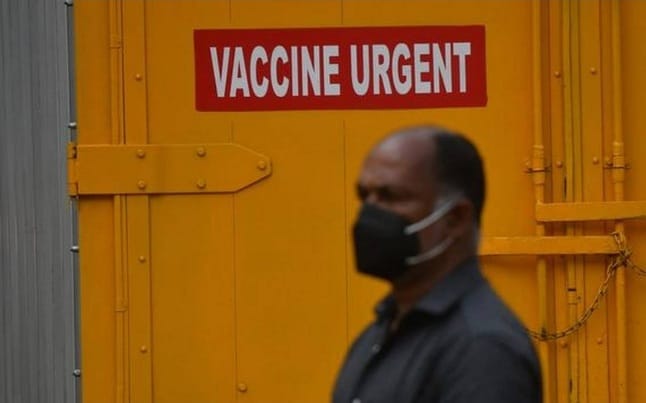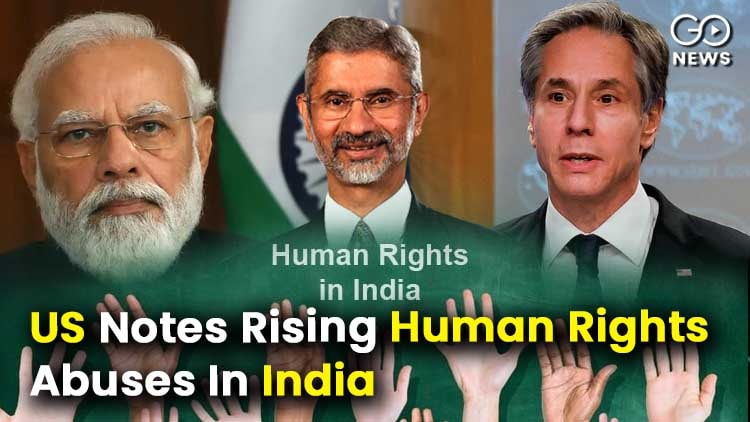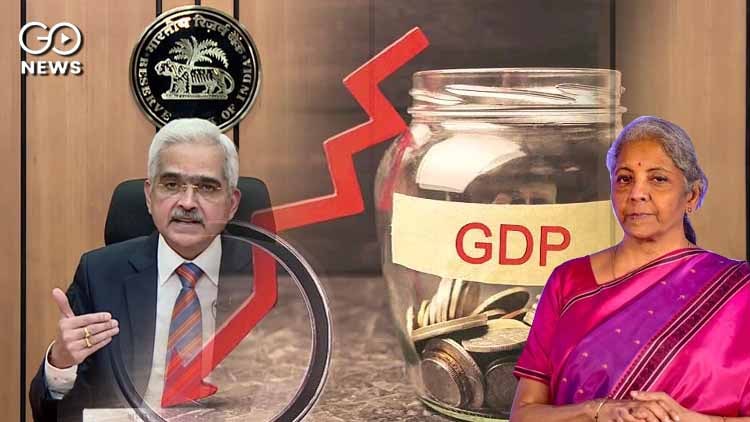India Can Save Rs 1.8 Lakh crore by Vaccinating All Quickly: State Bank of India Research

As the second wave sweeping India shows signs of ebbing, the central and state governments are chalking out plans to deal with the possibility of a third wave striking the country. During the first wave the central government took charge of the fightback and imposed a crippling lockdown in the country which has led to the national GDP shrinking upto 9%.
The economic impact of the second wave is still unclear but calculations by large banks are not very encouraging. Country’s largest public sector bank, the State Bank of India, has reported that Business Activity Index in the country has collapsed to 62 which is worse than the same time last year.
This is despite states themselves are carefully coordinating lockdowns this year keeping in mind local needs. The message is clear- the second wave in India may turn out to be more devastating for the economy than the first wave according to data available so far. But for Madhya Pradesh and some North-Eastern states, most of the country is currently under restrictions of movement for businesses and services. The only option available to the country is to vaccinate a large section of the people so herd immunity sets in and the spread of the virus is halted. A case in point is from the worst affected country, the US, which has vaccinated 50% of its adult population and the daily new cases have dropped below 25000 from a high of 300310 cases in January 2021 despite the economy opening up gradually. India on the other hand is struggling with slow rate of vaccination where the new cases are still above 200000 a day. The State Bank of India has argued in a research paper that if India vaccinates its entire adult population, it will save Rs 1.8 lakh crore by avoiding loss of revenue due to restrictions imposed. The total revenue loss according to the SBI would be Rs 551510 crore if the lock downs continue. Vaccinating the population even at a higher price of $40 a dose will cost only 369710 crore. The most impacted states would be Himachal Pradesh, Uttarakhand, Haryana, Gujarat, Maharashtra, AP, Karnataka, Kerala, Tamil Nadu and Telangana where the cost of vaccination is more than half of revenue lost.

This is despite states themselves are carefully coordinating lockdowns this year keeping in mind local needs. The message is clear- the second wave in India may turn out to be more devastating for the economy than the first wave according to data available so far. But for Madhya Pradesh and some North-Eastern states, most of the country is currently under restrictions of movement for businesses and services. The only option available to the country is to vaccinate a large section of the people so herd immunity sets in and the spread of the virus is halted. A case in point is from the worst affected country, the US, which has vaccinated 50% of its adult population and the daily new cases have dropped below 25000 from a high of 300310 cases in January 2021 despite the economy opening up gradually. India on the other hand is struggling with slow rate of vaccination where the new cases are still above 200000 a day. The State Bank of India has argued in a research paper that if India vaccinates its entire adult population, it will save Rs 1.8 lakh crore by avoiding loss of revenue due to restrictions imposed. The total revenue loss according to the SBI would be Rs 551510 crore if the lock downs continue. Vaccinating the population even at a higher price of $40 a dose will cost only 369710 crore. The most impacted states would be Himachal Pradesh, Uttarakhand, Haryana, Gujarat, Maharashtra, AP, Karnataka, Kerala, Tamil Nadu and Telangana where the cost of vaccination is more than half of revenue lost.

.jpeg )
.jpeg )
Latest Videos
















